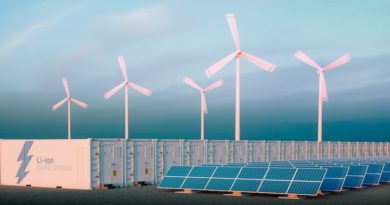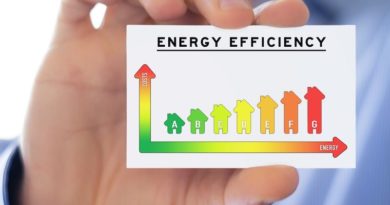
Fit for 55 recognizes that sustainable biomass is key to fighting climate change, but the details must be right for today and tomorrow
Unlocking the full potential of sustainable biomass for 2030 and 2050 is dependent on regulatory decisions made now. If we are to achieve our goals, the framework must enable investment, not create obstacles.
Years from now, when scholars look back at global efforts to fight climate change, 2021 may well stand out – the United States re-engaging on climate, a renewed scientific consensus on the urgency to act and, hopefully, a pivotal summit in COP26. But even without the benefit of hindsight there is a strong consensus that the time for lofty declarations has passed.
As Secretary General Antonio Guterres aptly described recent IPCC findings, this is “code red for humanity.” If we are to reach net zero, it is time for concrete action – and sustainable biomass and negative emissions technologies will be essential.
Policymakers such as Commission Executive Vice President Frans Timmermans acknowledge that the world, and Europe, cannot meet its ambitious climate goals without wood energy. As he simply put it, “…without biomass, we’re not going to make it”. Just before the summer, Ministers from ten European countries stressed the “crucial role” bioenergy already plays in meeting the EU’s climate goals. The European Commission’s recent “Fit for 55” package demonstrated the EU’s continued commitment to sustainable biomass. In doing so they are reflecting a well-established scientific consensus – that biomass sourced in the correct way is sustainable, renewable, and indispensable.
As the package moves into the next phase, policymakers should be mindful of the need for immediate action. For all the success of recent years approximately 69% of Europe’s energy consumption still comes from fossil fuels, including a not insignificant amount of coal. It is a non-negotiable that this must be displaced, and with 2030 just over 100 months away, it must be displaced quickly. Solar and wind may do the heavy lifting, but on demand heat and power will still be needed. The recent surge in peak power prices has underlined this. Far from being priced out of the market, the need for dispatchable power is keeping fossil fuels in the money.
Alternatives need to be rolled out, so we don’t rely on fossil fuels when wind and solar are scarce. This is the role of sustainable biomass which, on a lifecycle basis, reduces carbon emissions from power by more than 85% compared to coal and more than 70% compared to natural gas.
It’s not just the science, the market is also telling us that we need to scale up all renewables – biomass included.
This must be borne in mind when RED III moves to the next phase. While biomass enjoys strong political and academic support, when it comes to policy making the devil is in the detail. This is especially the case when considering the sensitivity of international biomass supply chains to policy changes. It is vital that reforms unlock public and private investment, not constrain it.
Forestry markets are both highly complex and highly local. Policies must be globally applicable and avoid unnecessarily intervening in well-functioning markets. Policymakers should avoid the temptation to define rules in excruciating detail, that do not take account of the reality of on the ground practice. Such actions will deliver no sustainability benefit, but instead would only serve to complicate compliance, undermine confidence, and constrain supply.
The investment in today’s biomass supply chains is as important for the long-term goal of climate neutrality, as it is for 2030. The supply chains that support the delivery of renewable power and heat to millions today, are the same supply chains that will underpin the delivery of another climate mitigation non-negotiable – negative emissions.
When combined with carbon capture and storage technology (BECCS), biomass heat and power pulls carbon from the atmosphere, delivering negative emissions. Scaled up negative emissions solutions will be crucial for correcting temperature overshoots and to compensate for emissions in areas that would be far too expensive, if not impossible, to decarbonize, such as long-distance air travel and agriculture.
According to the latest IPCC scenarios, if we want to keep global temperatures below 1.5 degrees massive amounts of CO2 will need to be removed. Even in the most optimistic scenario removals of 5 billion tons of CO2 by mid-century are needed.
EU climate leaders like Denmark and Sweden are already developing BECCS projects to help deliver these removals. However, for them to be fully realized and for BECCS to be scaled up the infrastructure and supply chain must be maintained and invested in. This is a challenge policymakers must rise to today. Research commissioned by the Coalition for Negative Emissions has found that even when pursuing the most stringent IPCC emissions reductions scenarios, without delivering negative emissions at scale we will exceed the global carbon budget by 2040. Negative emissions from BECCS have the potential to be scaled up to deliver 4 gigatons of negative emissions by 2050.
While the debate may be ongoing about the best way to fund BECCS technology one thing is for sure – you cannot do BECCS without bioenergy. To realize the benefits of sustainable biomass, both immediately and in the longer term I call on EU legislators to ensure that REDIII strengthens the investment case for bioenergy for today and tomorrow– because without it, we aren’t going to make it.




